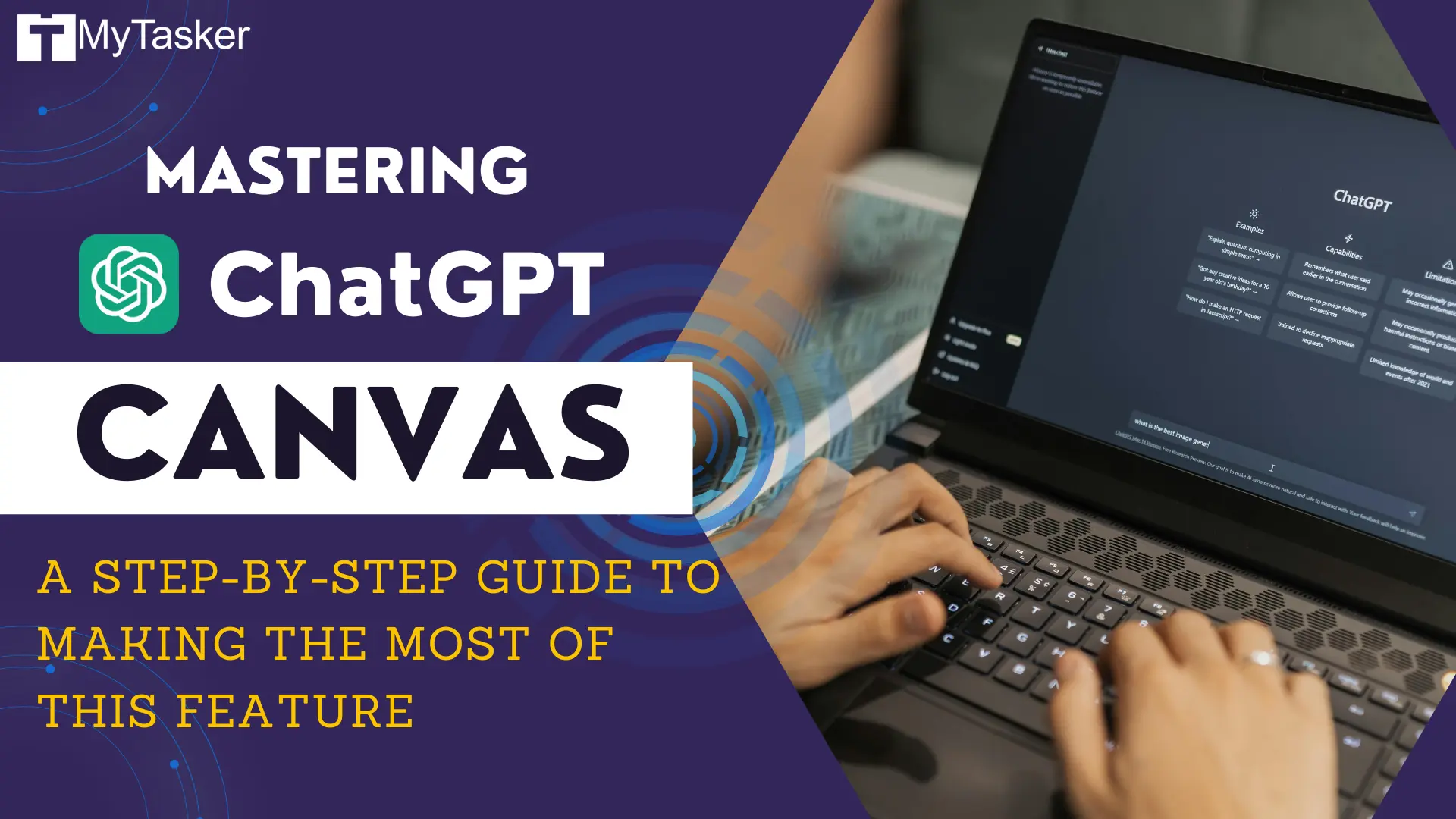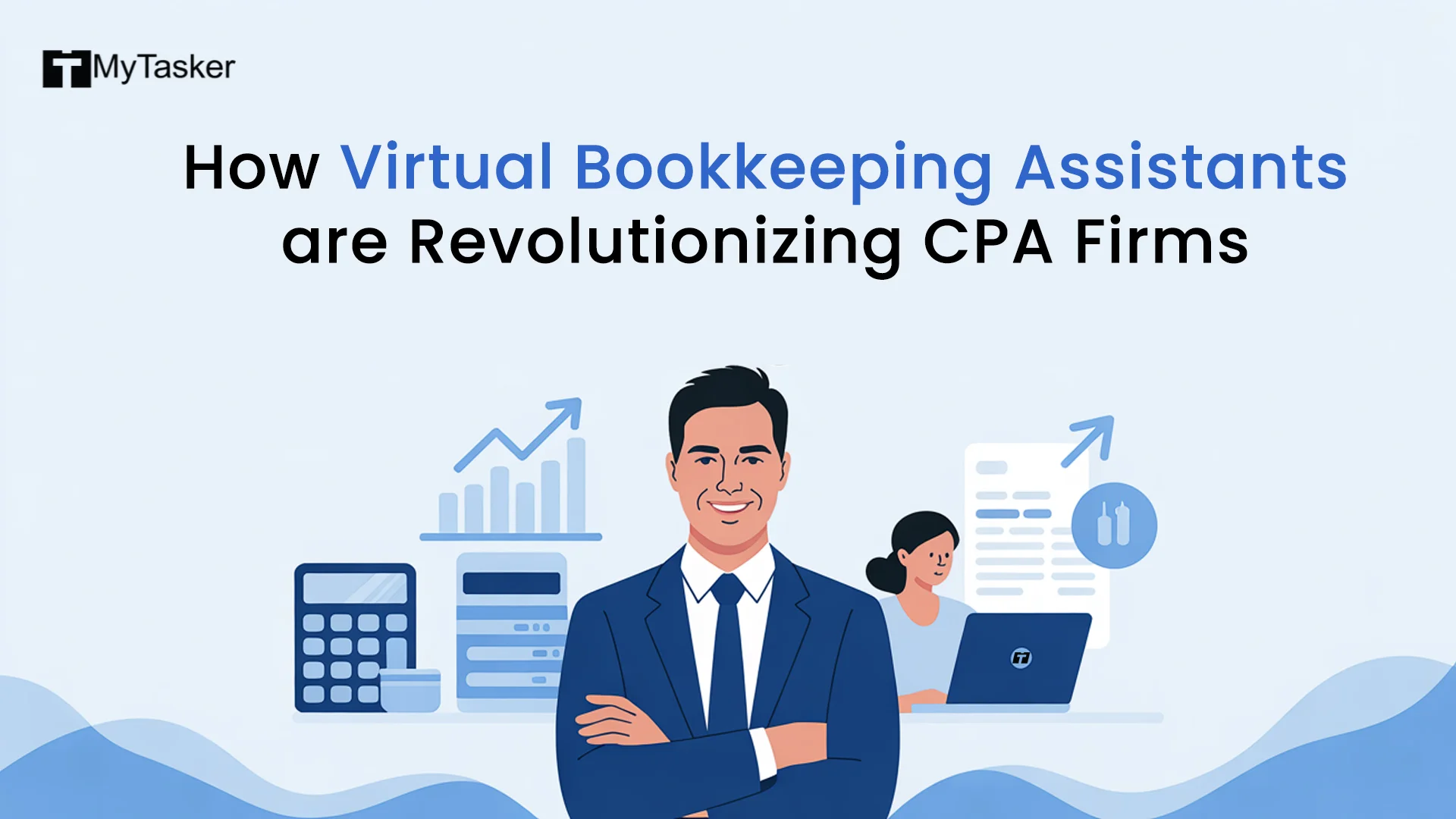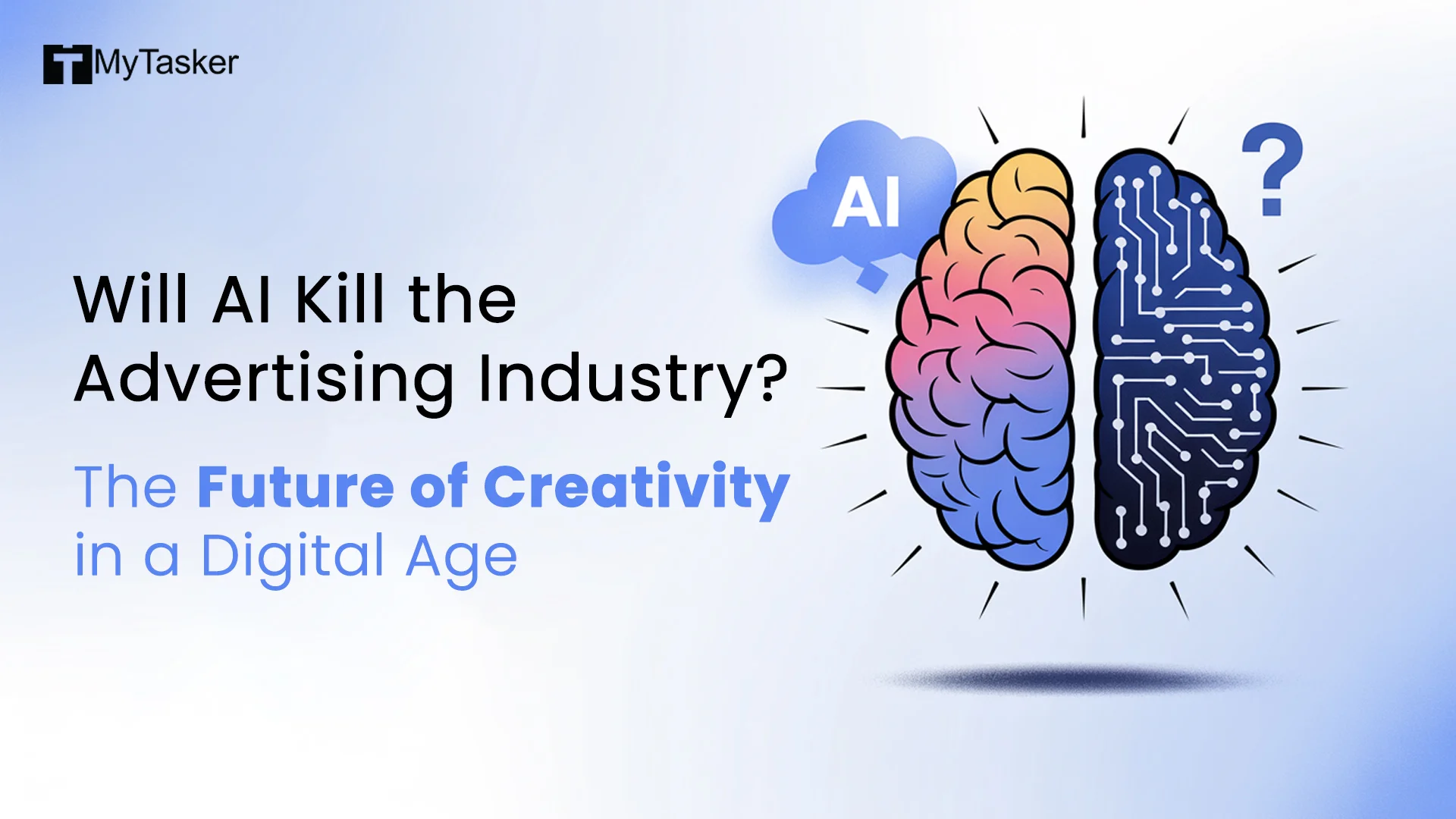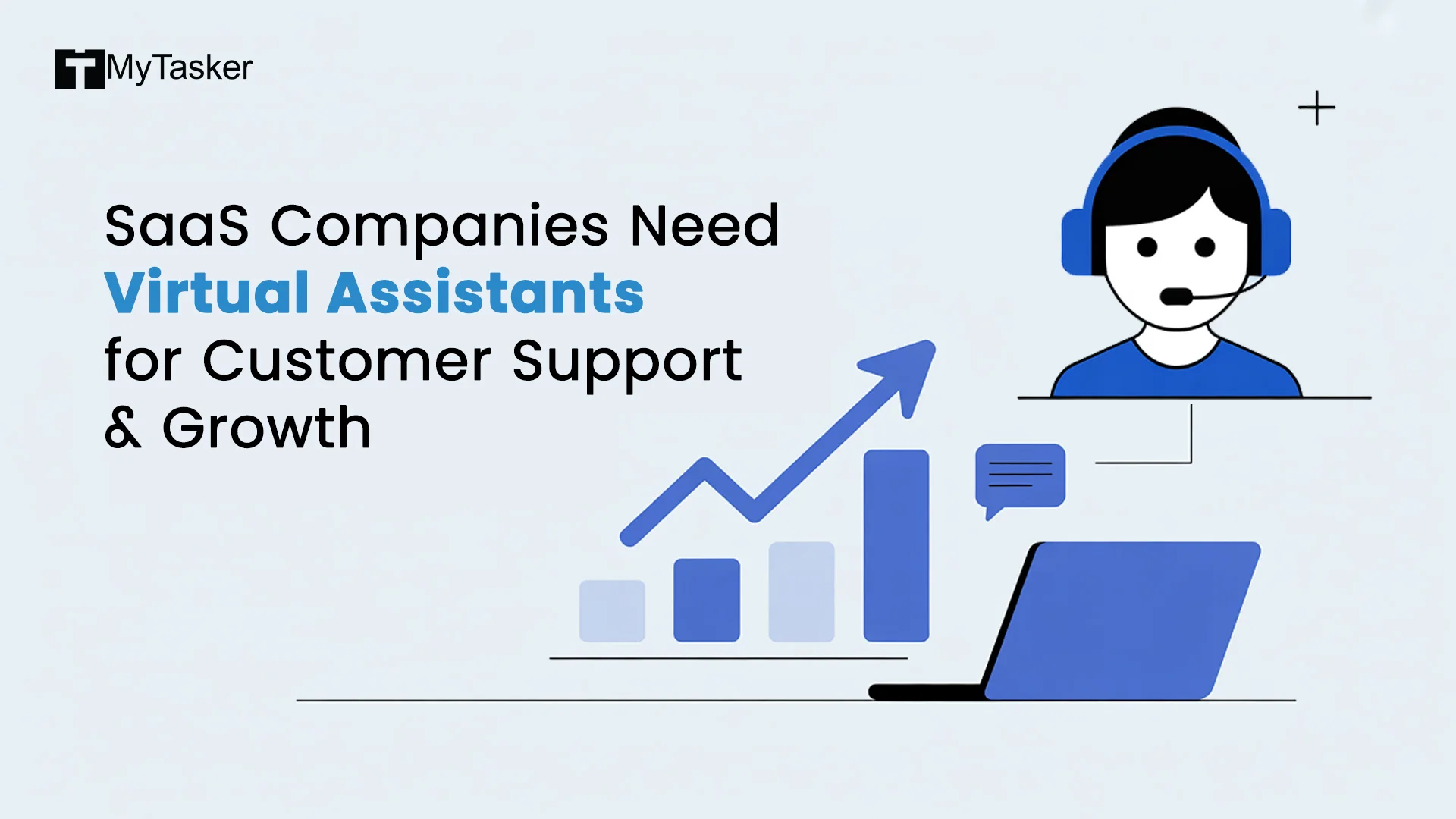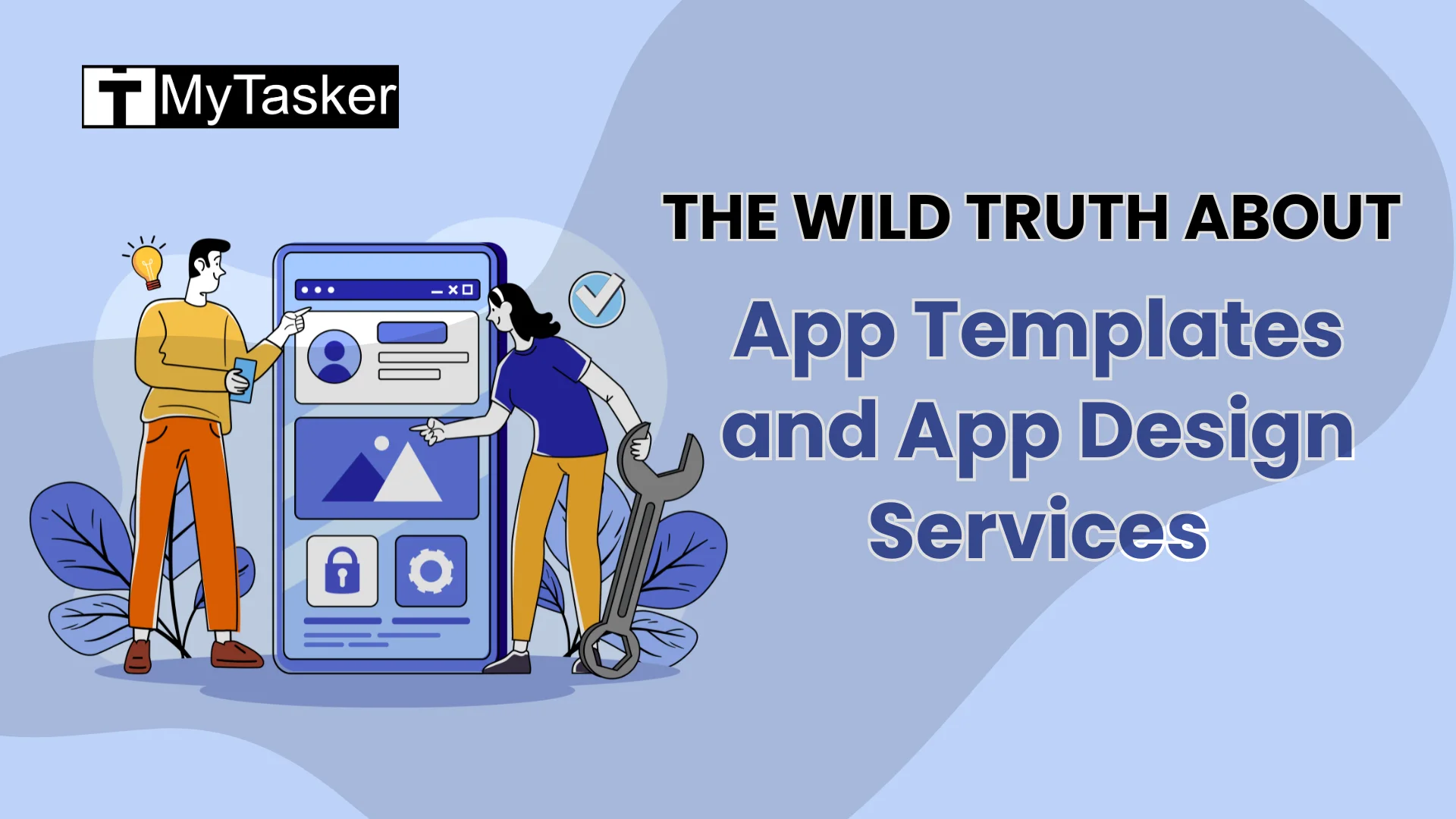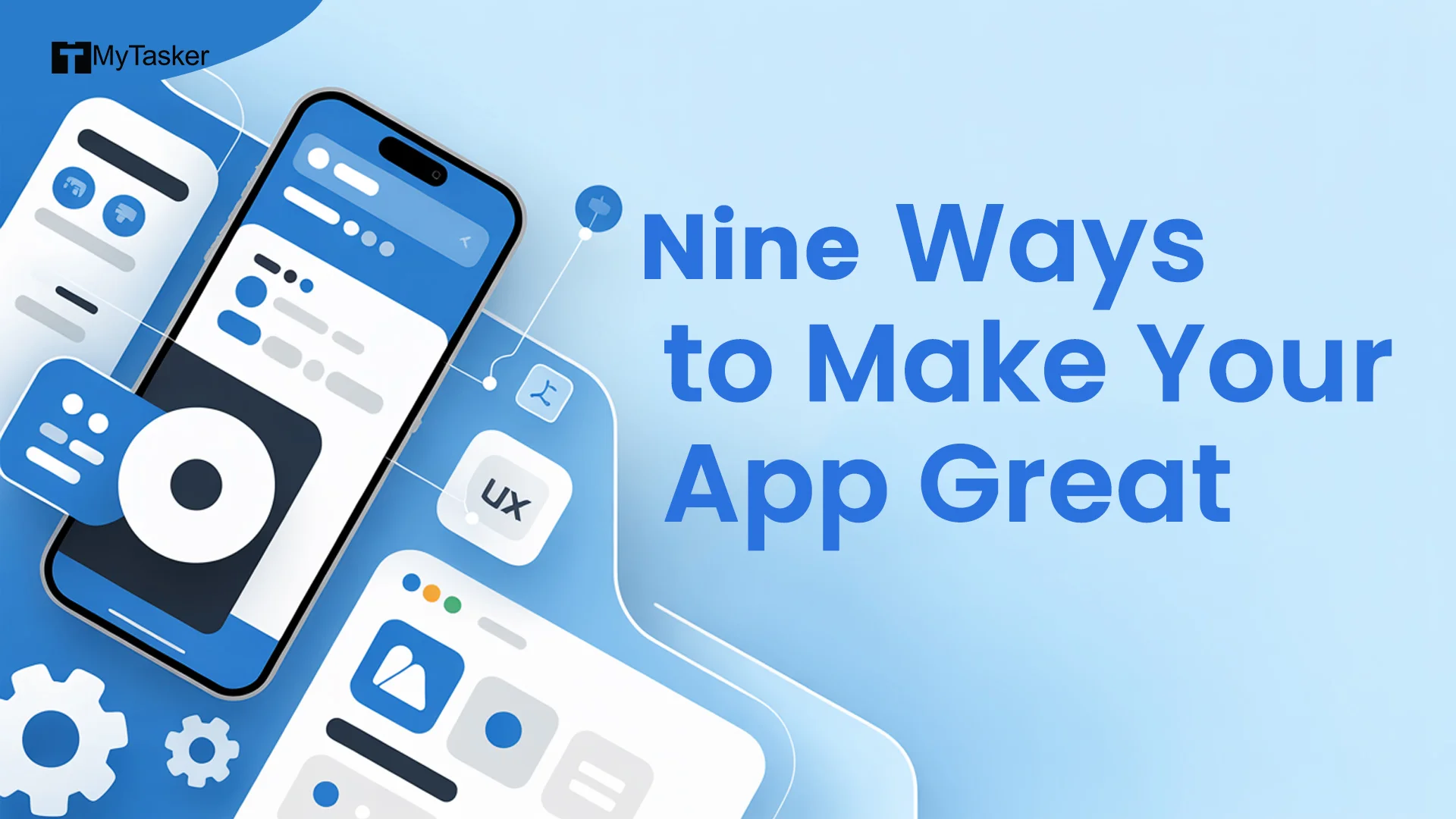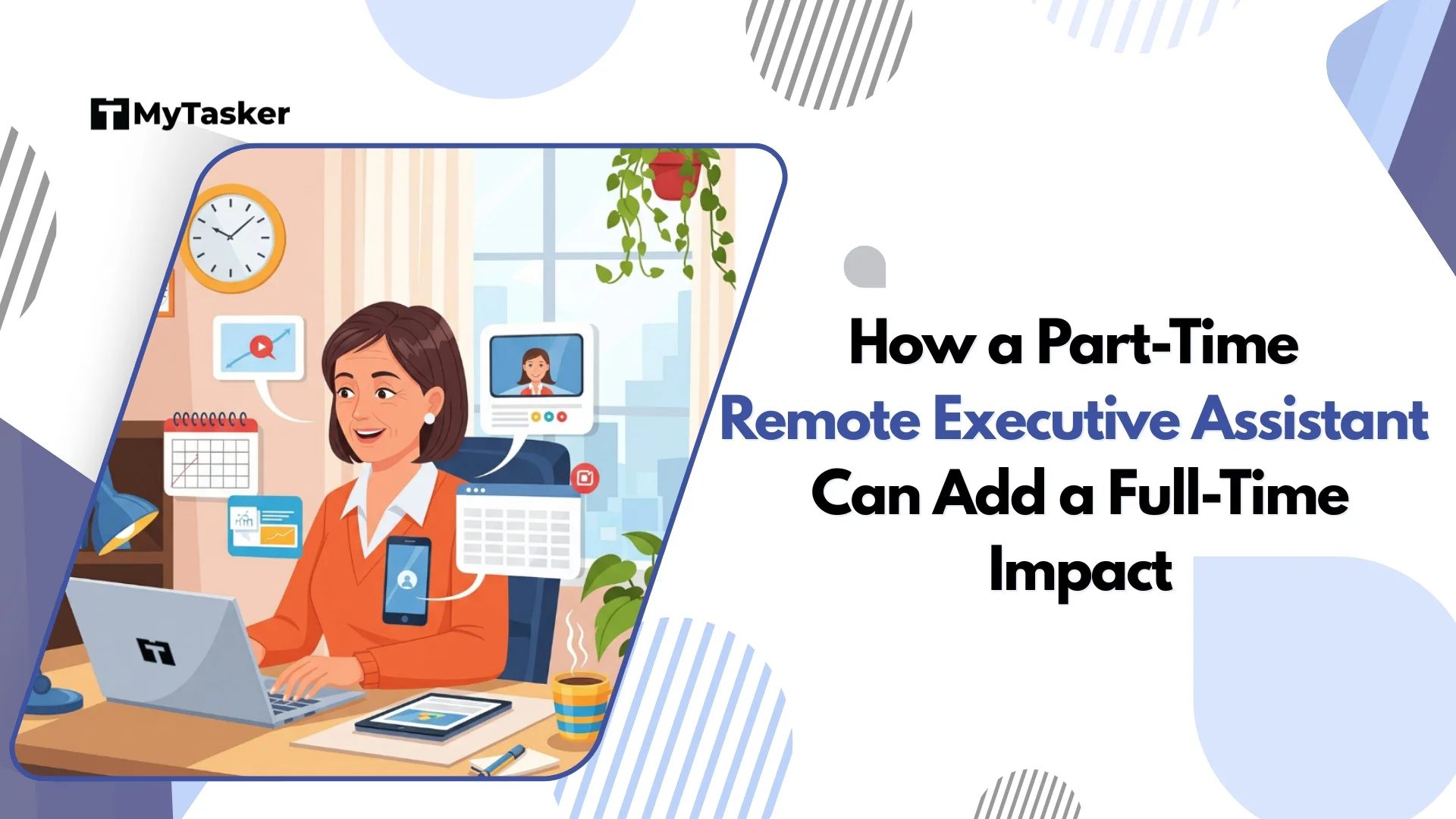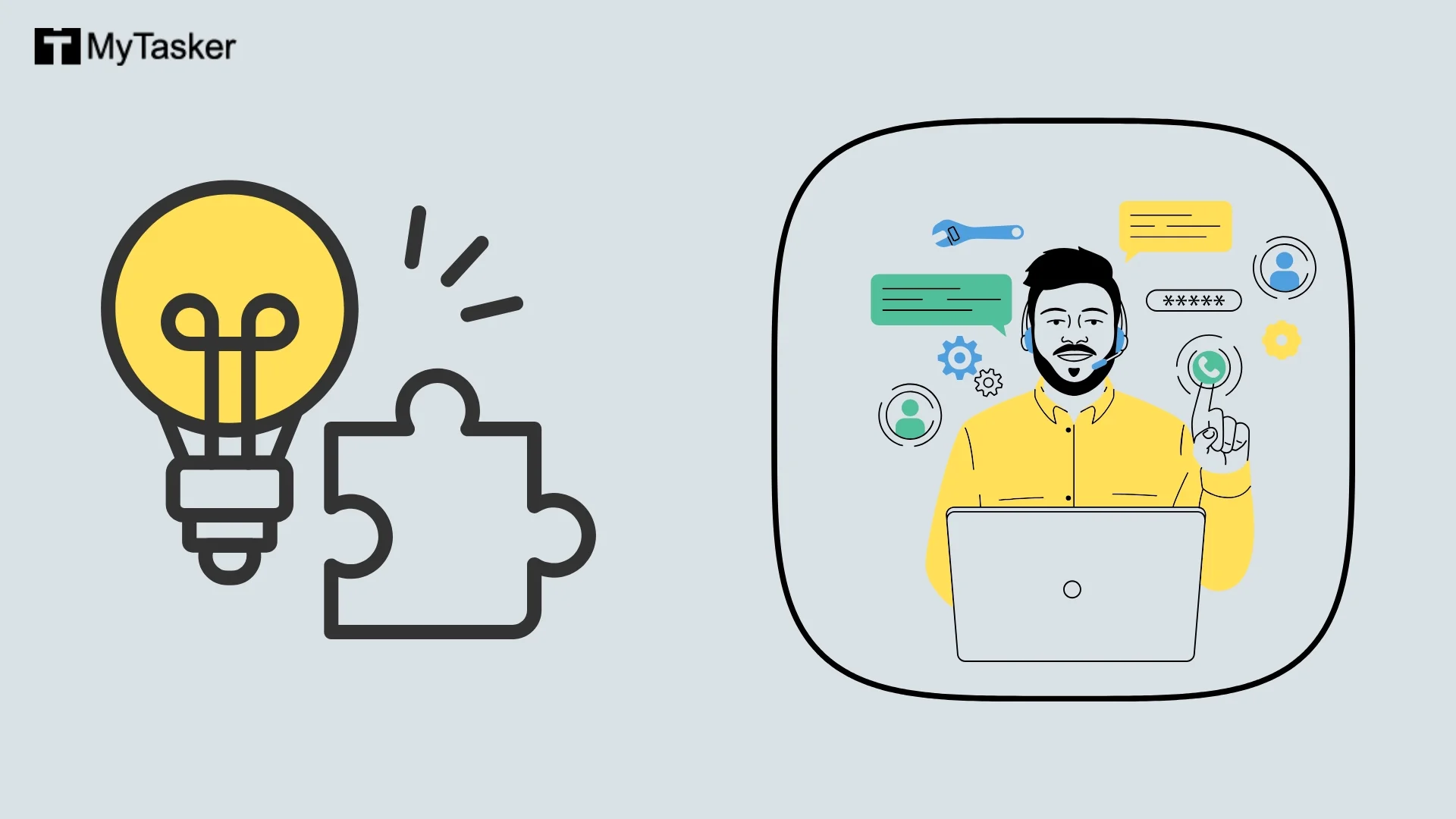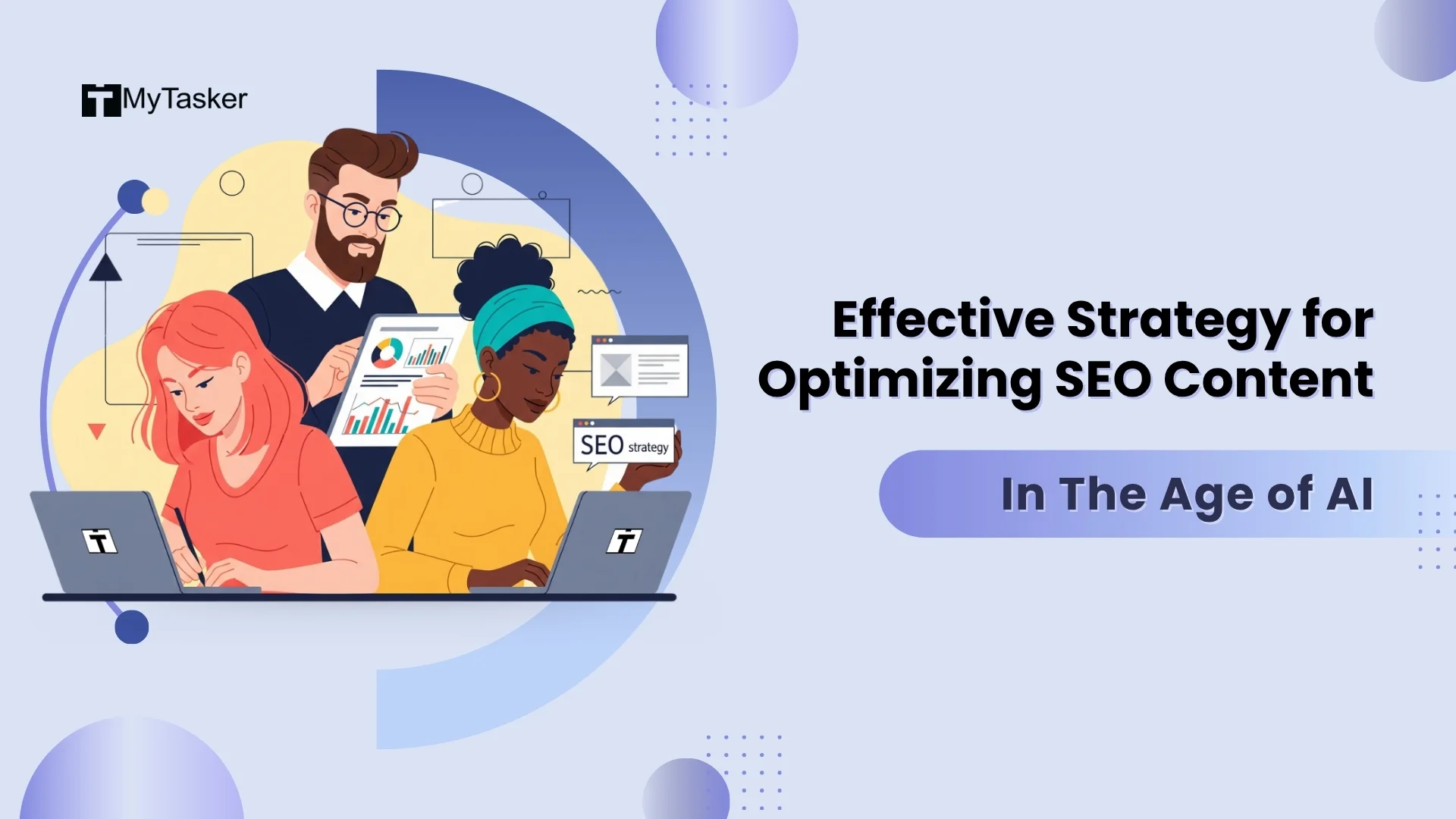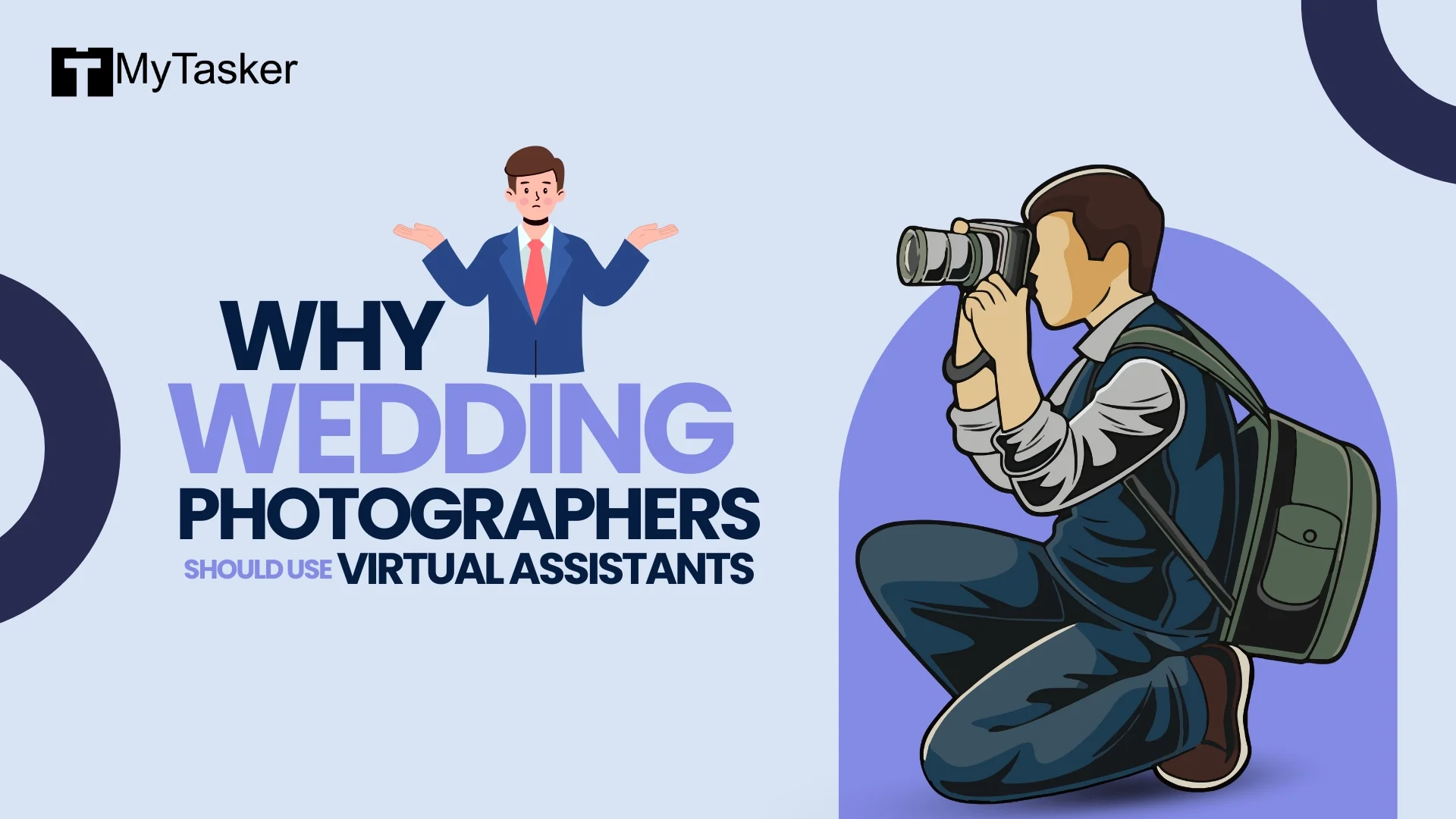ChatGPT Canvas is a versatile workspace designed for both writing and coding. It offers real-time collaboration and advanced editing features.
No more running the prompt again and again and requesting ChatGPT to rewrite and remove some paragraphs and sentences from the generated content.
I'm personally not a huge fan of full-fledged AI content. Indeed, AI-generated content gives us a scaffold, an outline but our pen is needed to infuse the soul. The matter of fact is it's more than a mere AI content generator. We'll explore all.
In this "ChatGPT Canvas guide", I will show you how you can get access to it, how you can use it optimally, all its benefits and my firsthand experience using it for hours.
Whether you’re a blogger, student, or developer, this guide help you efficiently uplift your productivity with ChatGPT Canvas.
So, let's learn how to create documents, edit side-by-side, and utilize AI suggestions to enhance your work.
Key Takeaways
- ChatGPT Canvas enriches creativity through live coordination. The user can revise and regulate writing and coding tasks flawlessly.
- Key features include a side-by-side editing interface, automatic saving, and version control, empowering users to work efficiently and safeguard their work.
- The platform supports various content types and proposes AI-generated suggestions, fostering creativity and improving both writing quality and coding functionality.
Mastering ChatGPT Canvas: A Step-by-Step Guide to Making the Most of This Feature
ChatGPT Canvas is not any ordinary app. The platform offers real-time collaboration, helping users to revise, review, and coordinate with AI smoothly which can change our approach towards both writing and coding tasks.
The Canvas interface offers better context for AI responses, making interactions more meaningful and productive.
Imagine a workspace where you can manage multiple projects, perform inline edits, and receive grammar and clarity checks in real-time.
This level of integration and control marks a breakthrough in using AI for both creative and technical tasks.
Introduction
ChatGPT Canvas is a versatile tool designed to serve a wide range of users, from bloggers and students to developers.
It provides a dedicated space for writing and coding, making it easier to focus on and manage tasks.
The Canvas interface allows users to edit text or code side-by-side, enhancing collaboration and productivity.
With features like adding comments, real-time editing, and managing specific sections of a project, it’s ideal for anyone looking to streamline their workflow.

Understanding ChatGPT Canvas
ChatGPT Canvas integrates seamlessly with existing workflows to enhance user experience, making it more effective for complex writing and coding tasks.
This tool offers a dedicated workspace for editing, reviewing, and collaborating in real time, providing better context for AI responses and interactions.
Its interface is designed to help streamline both creative and technical tasks, enabling users to execute their ideas.
Being able to manage multiple projects in one place, Canvas can enhance productivity and provide a focused space for users to work.
Understanding ChatGPT Canvas involves recognizing its key features, the supported content types, and how it safaeguards your work and data.
How to Use ChatGPT Canvas: Step-by-Step Guide
Step 1: Launch the Canvas Feature
- When you use ChatGPT, you might be prompted to create a new document, especially when asking for something substantial, like a report or an essay.
- Alternatively, you can manually ask ChatGPT to "start a Canvas" or "create a text document" if you have a large amount of content to draft.
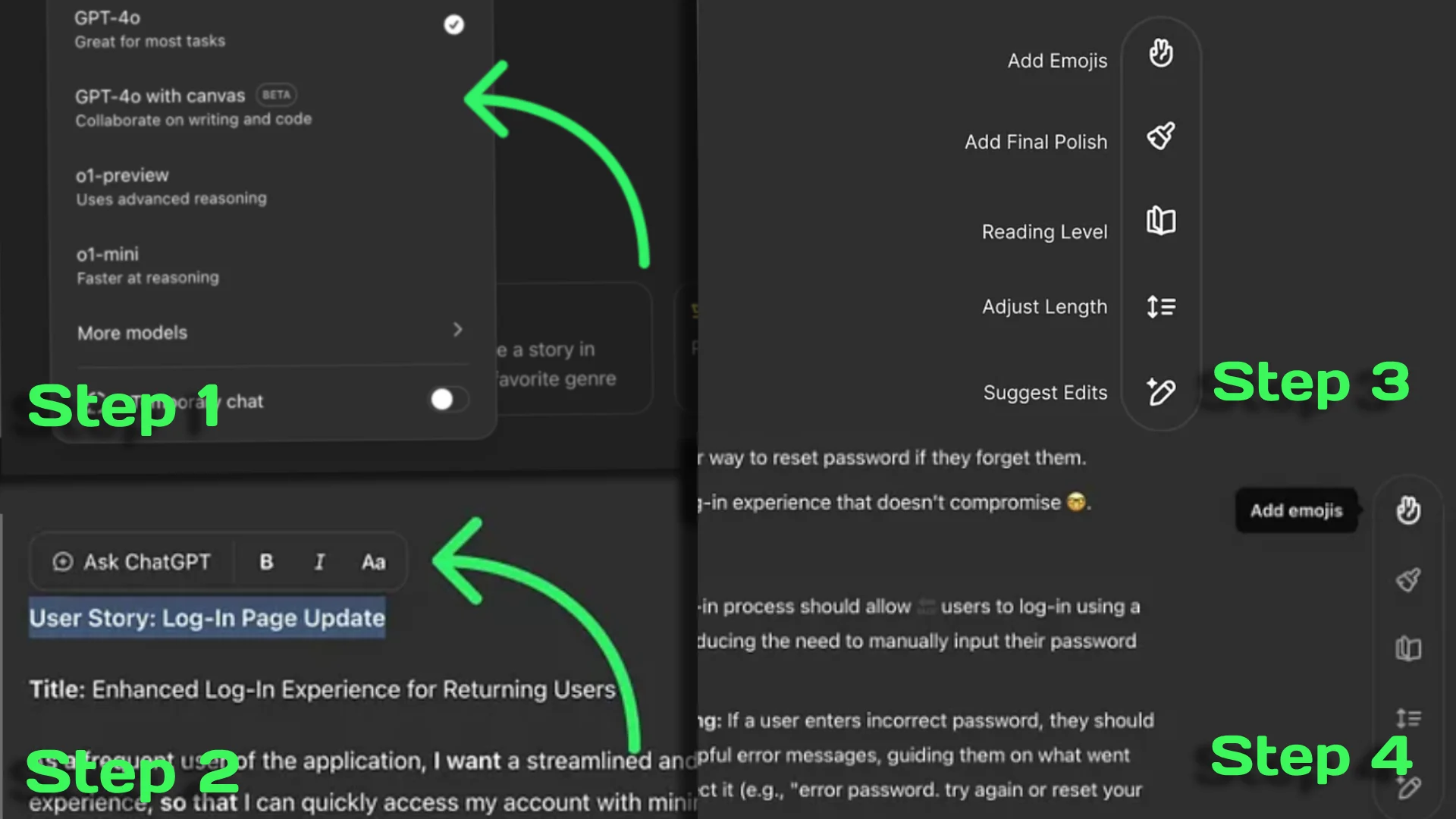
Step 2: Creating Content in Canvas
- Once you activate Canvas, a new text document will open on the right side of the screen. This is your editing area.
- Type or dictate your content, and ChatGPT will fill in the Canvas with text.
- For example, if you need an email drafted, you can provide key details, and ChatGPT will generate an initial version in the document space.
Step 3: Editing and Refining the Document
- You can edit the text in the Canvas by clicking within the text area. Make changes, refine the wording, or add any information as you see fit.
- ChatGPT can also assist you with edits. You can say something like, "Can you make this section more concise?" and it will adjust the text accordingly.
Step 4: Saving and Managing Your Content
- When working in Canvas, it automatically saves your content, allowing you to edit as and when needed.
- Always give your document a unique name, making it easy to find later.
- If you need to modify an existing document, ChatGPT can search it by its name.
Step 5: Exporting or Sharing the Document
Once the content is complete, you can export it from Canvas. You can download it as a text or PDF file, copy it to the clipboard, or share the link directly with collaborators. This functionality is perfect for those looking to quickly transition from drafting in ChatGPT to using the text in other platforms or documents.
Key Features of ChatGPT Canvas
An important feature of ChatGPT Canvas is its side-by-side editing interface, which allows users to work on text and code simultaneously. This is particularly useful for collaborative work, as it enables real-time edits and feedback.
Additionally, the Canvas offers various tools such as text formatting options, code snippets, and a customizable workspace, giving users the flexibility to tailor the interface to their needs.
Another key feature is the array of keyboard shortcuts available for faster navigation within the Canvas.
Maintaining a clear structure for projects and utilizing the toolbar for formatting text or inserting elements can significantly enhance productivity.
Supported Content Types
ChatGPT Canvas supports multiple content types, making it a versatile tool for different projects.
Whether you’re working on plain text documents, structured data, or even financial reports, Canvas has got you covered.
This feature is particularly beneficial for creating data-driven content, as it allows for effective management of multiple projects, keeping related materials together.
Labeling and categorizing projects can streamline navigation and improve accessibility within the workspace.
How ChatGPT Canvas Saves Your Work
One of the most reassuring aspects of ChatGPT Canvas is its automatic saving feature. This ensures that your documents are continuously saved, preventing any loss of work.
Additionally, the Canvas keeps track of all previous versions of your documents, allowing you to revert to earlier drafts if needed.
This version control feature provides clarity and organization, empowering users to work with confidence knowing their work is safe and well-organized.
Getting Started with ChatGPT Canvas
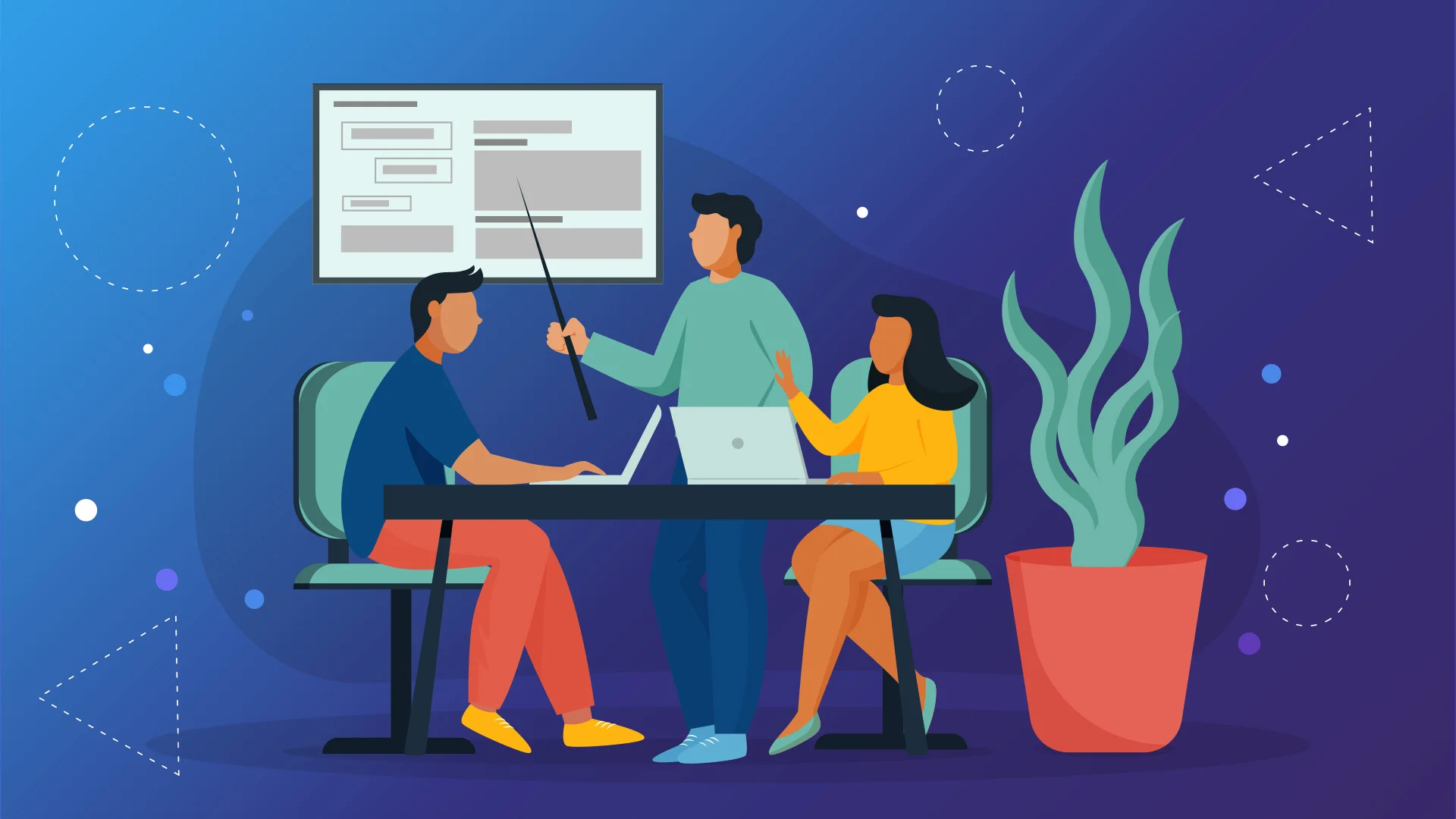
Getting started with ChatGPT Canvas is straightforward. Users can access it through the OpenAI website after logging into their accounts.
Whether you’re using an internet browser or a specific application, ChatGPT Canvas is readily accessible.
Activating Canvas is simpler for those with ChatGPT Plus or Teams subscriptions. Follow the steps to begin creating and managing your projects effortlessly.
Once you’ve activated Canvas, creating your first document and navigating the interface will be a breeze. The following sections provide detailed steps to do this effectively.
Activating ChatGPT Canvas
Activating ChatGPT Canvas can be done manually or automatically, depending on the task at hand. For larger tasks, Canvas might open automatically to provide a more focused workspace. You can manually open it by typing specific commands. For example, use phrases like ‘open a canvas’ or ‘start a coding canvas’ in the chat.
Select the GPT-4o with Canvas model to access ChatGPT Canvas, ensuring you are using the latest and most capable version.
Creating Your First Document
Start your first document by clicking the ‘Create New Document’ button within the Canvas interface. Choose between a text document or a code file based on your needs.
This flexibility allows you to tailor the workspace to your specific project requirements, whether you’re working on writing tasks or coding projects.
Navigating the Canvas Interface
The Canvas interface can enhance user productivity and facilitate collaboration. It features a dedicated editing area for project-focused work.
The Canvas interface opens automatically if ChatGPT detects a separate window would be beneficial. This new interface allows for direct edits on generated content, making user interactions more efficient and productive.
Writing with ChatGPT Canvas
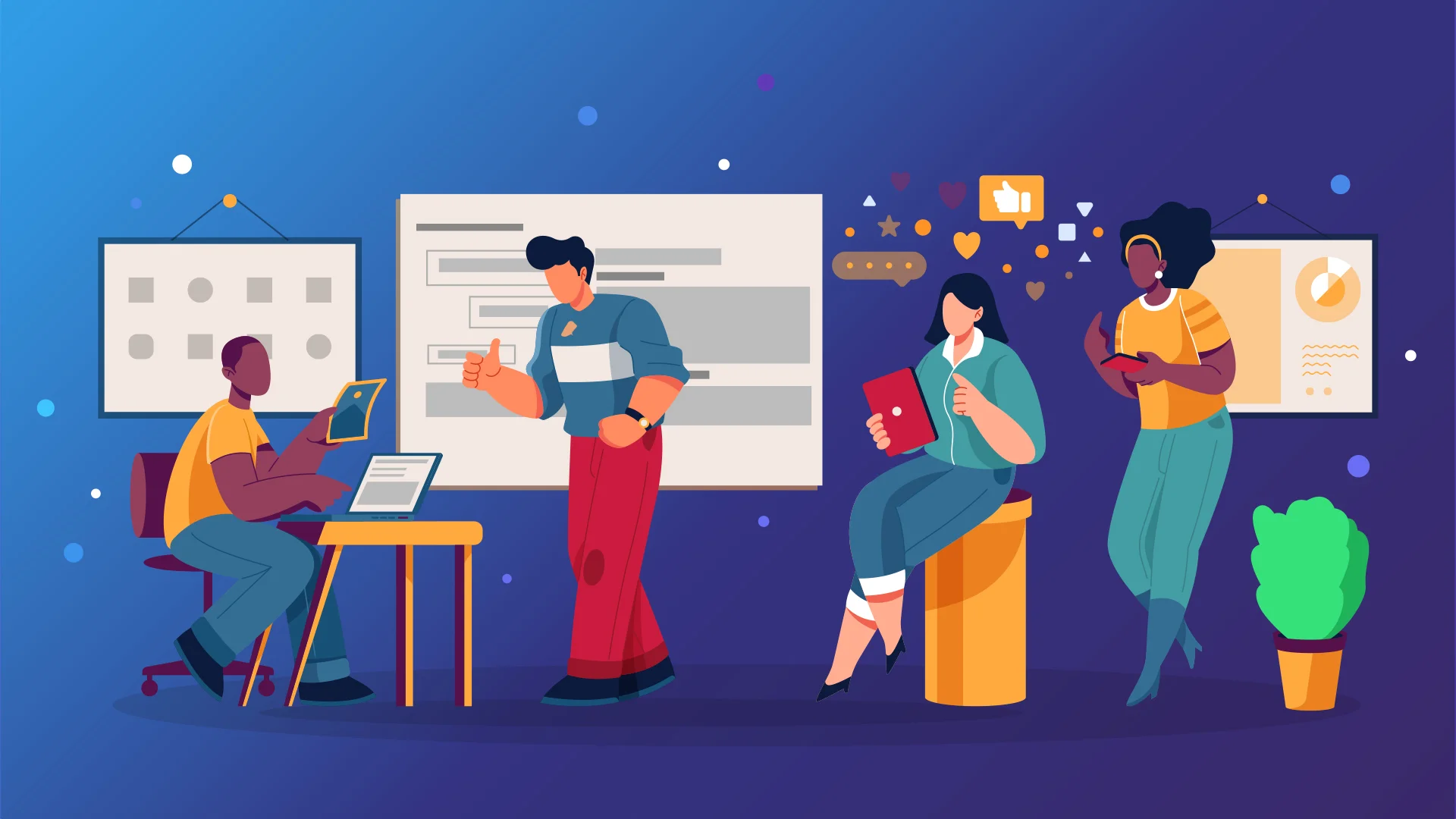
Writing with ChatGPT Canvas helps to streamline the entire process, from brainstorming to final edits. This feature offers tools for every stage of writing, enabling effective project management.
The Canvas serves as an interactive workspace where OpenAI canvas suggestions can enhance brainstorming, creativity, real-time idea refinement and introduce fresh perspectives into your work.
AI-generated suggestions can significantly improve the clarity, relevance and quality of your final output.
Drafting Content
Users can ask ChatGPT for topic ideas and suggestions during drafting. Whether you’re writing directly in the Canvas or pasting a draft, the interactive environment enhances creativity by allowing you to manipulate text and code seamlessly.
The drafting tools available in Canvas are designed to enhance user experience, providing an interactive workspace that makes the process of writing more engaging and productive.
Editing and Revising
ChatGPT Canvas offers real-time code review and inline suggestions during editing and revising.
ChatGPT can suggest improvements, fix syntax errors, and enhance the efficiency of your code, offering invaluable assistance during the editing process.
Canvas also offers a commenting feature, allowing users to add comments on specific sections of the text. This makes it easier to rewrite problematic sections of code for better clarity and functionality.
Enhancing Readability
Improving readability is crucial for ensuring your audience can easily understand and engage with your content.
Canvas allows users to adjust text length and reading level, making it easier to tailor content to specific audiences.
Additionally, Canvas can suggest synonyms and alternative phrases to enhance clarity and engagement.
Utilize these readability adjustments to create content that resonates with your audience and meets their needs.
Coding with ChatGPT Canvas
ChatGPT Canvas provides a dynamic workspace that enhances collaboration on programming tasks. This feature supports various programming languages and offers real-time suggestions to improve code quality.
With upcoming enhancements expected to include improved file handling and enhanced multimodal capabilities, the future of coding with ChatGPT Canvas looks promising.
Whether you’re writing, debugging, or collaborating on code, Canvas aims to provide a seamless and productive experience.
Understanding how to write, debug, and collaborate on code within ChatGPT Canvas will ensure you can make the most of this powerful tool.
Writing Code Directly in Canvas
Writing code directly in ChatGPT Canvas is straightforward and efficient. You can leverage the feature to convert code to different programming languages such as Python, JavaScript, and C++. This is particularly useful for developers working across multiple platforms or collaborating with others using different languages.
Additionally, users can receive inline suggestions in real-time, enhancing the coding experience and ensuring that code is clear and well-documented.
Iterative coding in Canvas improves clarity and helps track changes throughout the development process.
Debugging Code
Debugging code in ChatGPT Canvas is made easier with its advanced features. The tool can highlight problematic sections of code and provide real-time suggestions for fixes.
Canvas can insert logs and print statements to help track down errors, making the debugging process more efficient and effective.
The ability to find and fix bugs helps ChatGPT Canvas to run your coding projects smoothly and efficiently.
Collaborating on Code
Real-time collaboration on coding projects is one of the standout features of ChatGPT Canvas.
Multiple users can work on the same document simultaneously, enhancing teamwork and code quality. Users can highlight specific sections of code and interact with ChatGPT to receive targeted suggestions for improvements.
This collaborative approach ensures that coding projects benefit from diverse perspectives and expertise, leading to better overall outcomes.
Advanced Features of ChatGPT Canvas
The advanced features of ChatGPT Canvas enhance its utility, making it a powerful tool for both writing and coding tasks.
From automatic grammar and clarity checks to generating visuals for complex data presentations, Canvas offers multiple functionalities to improve productivity.
Exploring these advanced features will help you maximize the effectiveness of ChatGPT Canvas and stay ahead in your projects.
Version Control
Version control in ChatGPT Canvas allows users to revert to earlier drafts, undo changes and restore previous drafts as needed ensuring that no work is ever lost.
Version control maintains project integrity by tracking changes and providing a clear history of edits and revisions.
Exporting Documents
ChatGPT Canvas allows users to export their work in various formats, including text and PDF, ensuring that their documents are easily shareable and preserved.
The export feature is essential for sharing your work with others or for archiving completed projects, ensuring that you can maintain a record of your work in your preferred format.
Future Updates
Future updates for ChatGPT Canvas promise to bring exciting new features like file uploads, image manipulation, and shared conversations, all aimed at improving the user experience and expanding the tool’s capabilities.
These updates are essential for continuous improvement and ensuring that ChatGPT Canvas remains a cutting-edge tool for content creation and programming. Staying informed about these updates will help you to utilize ChatGPT Canvas as it evolves.
Best Practices for Using ChatGPT Canvas
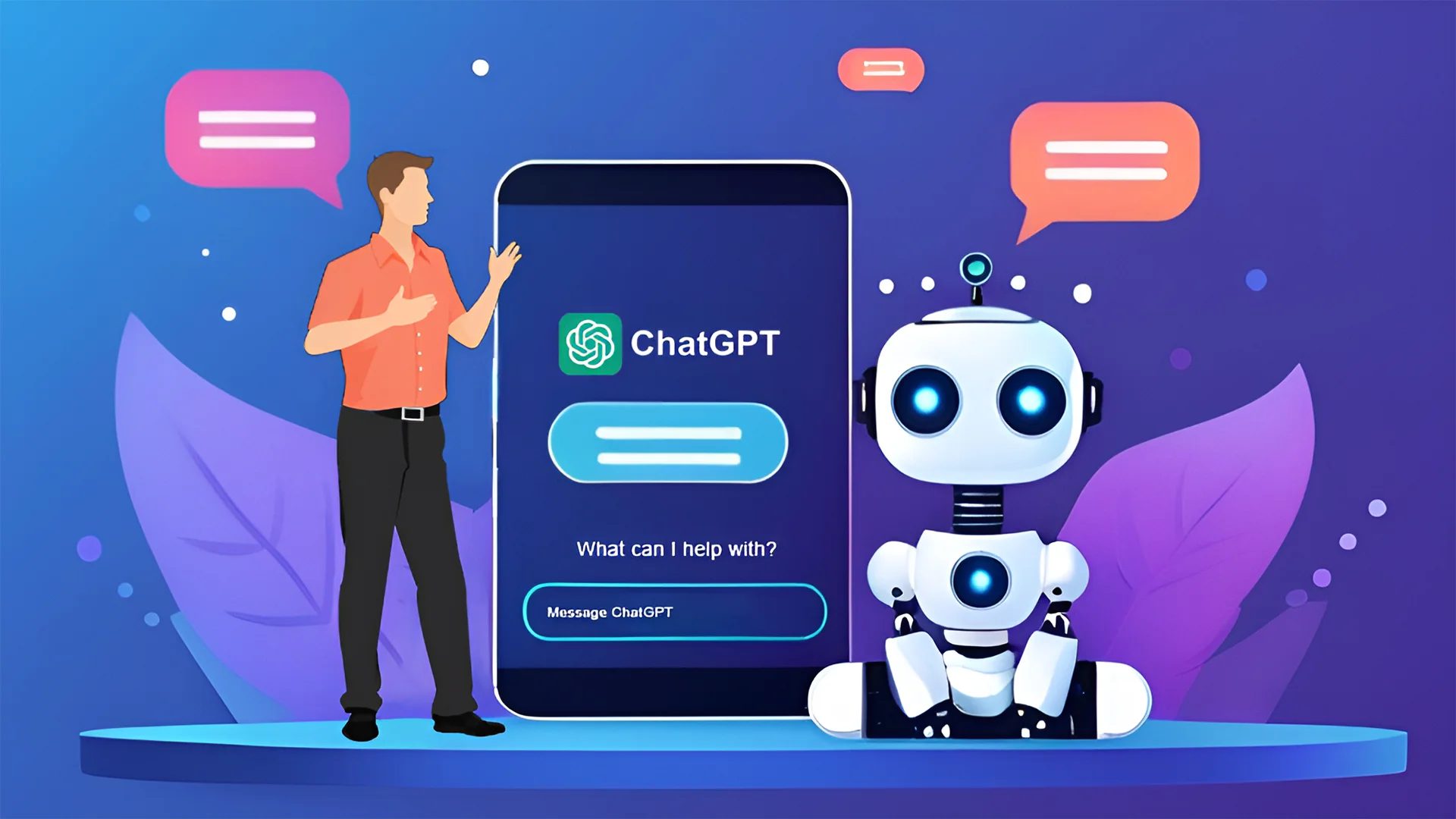
To utilize ChatGPT Canvas fully, it’s important to engage regularly with its features and keep your projects dynamic. Iterative processes, effective project organization, and utilizing AI suggestions are key practices that can enhance your productivity and the quality of your work.
By revisiting and refining your work frequently, you can make improvements that significantly enhance both writing quality and code functionality.
Organizing your projects effectively and incorporating AI suggestions can also provide fresh perspectives and ideas, leading to better outcomes.
You can maximize the benefits of ChatGPT Canvas and achieve your project goals efficiently by following these practices.
Iterative Writing and Coding
Iterative writing and coding processes allow users to make incremental improvements, enhancing the quality of their work. Regularly revisiting and refining content or code can lead to significant improvements in quality, ensuring that you add final polish to your final polish output, making it polished and professional.
Canvas allows multiple users to contribute simultaneously, making it easier to incorporate diverse perspectives and expertise.
Organizing Your Projects
Organizing your projects within ChatGPT Canvas is crucial for maintaining efficiency and productivity. Naming your documents clearly and categorizing them effectively will make retrieval easier and streamline your workflow.
By keeping your projects well-organized, you can focus more on the tasks at hand and ensure that your work is always accessible and manageable.
Utilizing AI Suggestions
Utilizing AI suggestions can enhance the quality of your writing and coding tasks by providing fresh perspectives and ideas. Ask specific questions and guide ChatGPT to ensure the feedback you receive is relevant and useful.
Maximizing AI suggestions involves iterating on the feedback received and continually refining your work for optimal outputs. This iterative process ensures that your projects benefit from the best possible improvements and enhancements.
Summary
In summary, ChatGPT Canvas is a powerful tool that offers a more interactive and flexible way of working with AI-generated content. From writing and coding to editing and collaboration, the Canvas interface provides a seamless and productive experience.
By understanding its key features, supported content types, and best practices, you can make the most of ChatGPT Canvas and elevate your projects to new heights. So go ahead, explore the possibilities, and unlock the full potential of ChatGPT Canvas!
Frequently Asked Questions
How do I activate ChatGPT Canvas?
To activate ChatGPT Canvas, simply type 'open a canvas' or 'start a coding canvas' in the chat, or it may open automatically for larger tasks.
What content types does ChatGPT Canvas support?
ChatGPT Canvas supports diverse content types such as plain text, structured data, and financial reports, ensuring a versatile user experience.
Can I collaborate with others on ChatGPT Canvas?
You can collaborate with others on ChatGPT Canvas, as it supports real-time collaboration for multiple users to work on the same document simultaneously.
How does ChatGPT Canvas save my work?
ChatGPT Canvas automatically saves your work and retains previous versions through its built-in version control feature, safeguarding your updated work.
What are the future updates planned for ChatGPT Canvas?
Future updates for ChatGPT Canvas will enhance the user experience with features like file uploads, image manipulation, and shared conversations. These improvements are designed to expand the platform's capabilities and functionality.



